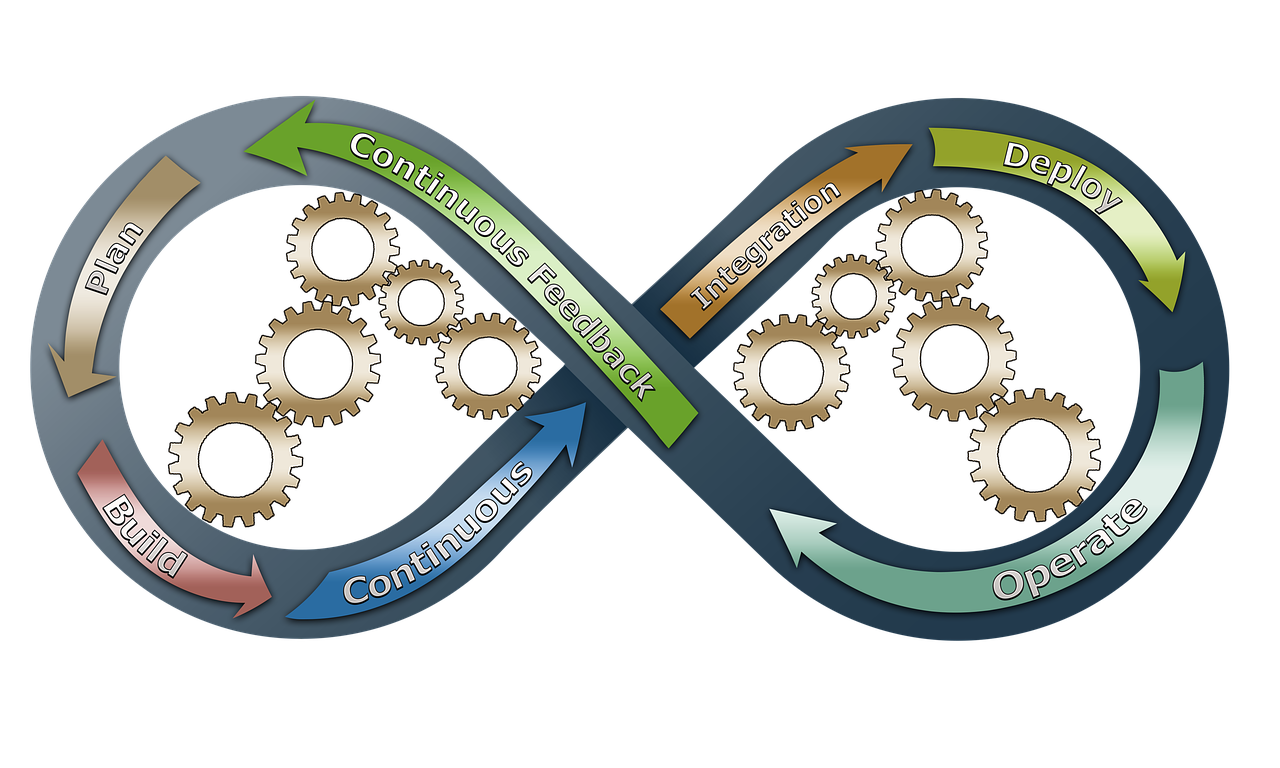|
It happens in our practice to come across teams and individuals who have never experienced the benefits of using a certain method or practice to achieve an improvement of some sort. In this case we are going to explore using Agile Software Delivery. What is Agile Software Delivery?This blog post is part of my Back to basics series.
When a team or organisation have never come across Agile methods, it is necessary to take a step back and explain the ideas and the benefits in simple words. This isn’t always easy! When we have become well too familiar with something we seem to forget how to explain it to beginners. There is even a term about this - “the curse of knowledge” - when we are so used to a particular skill or subject, that we forget that we need to go back to basics when teaching people who have never experienced it. Of course, you may come across instances when even the simplest explanation and your best efforts to go back to basics will not work very well but at least you’ll know you’ve tried your best to help. With this in mind I have prepared the text below as a simple introduction to the benefits of Agile Software Delivery. Agile software delivery is a way of developing software that emphasises iterative development, continuous improvement, and close collaboration between teams. Agile methods are designed to help teams deliver software more quickly and reliably, while also providing greater flexibility and adaptability to change. There are a number of different agile methods, but some of the most common include Scrum, Kanban, and Extreme Programming (XP). Scrum is a framework for managing projects that breaks down work into small, manageable chunks called sprints. Kanban is a visual system for tracking work and identifying bottlenecks. XP is a set of principles and practices that emphasise continuous improvement and close collaboration between teams. Agile software delivery can give you a number of benefits, including:
If you are considering adopting an agile method, there are a few things you should keep in mind:
|
Welcome to our blog!About the authorPlamen is a LeanStack coach and an experienced Software Delivery consultant helping organisations around the world identify their path to success and follow it. Archives
May 2024
Categories
All
|


 RSS Feed
RSS Feed
